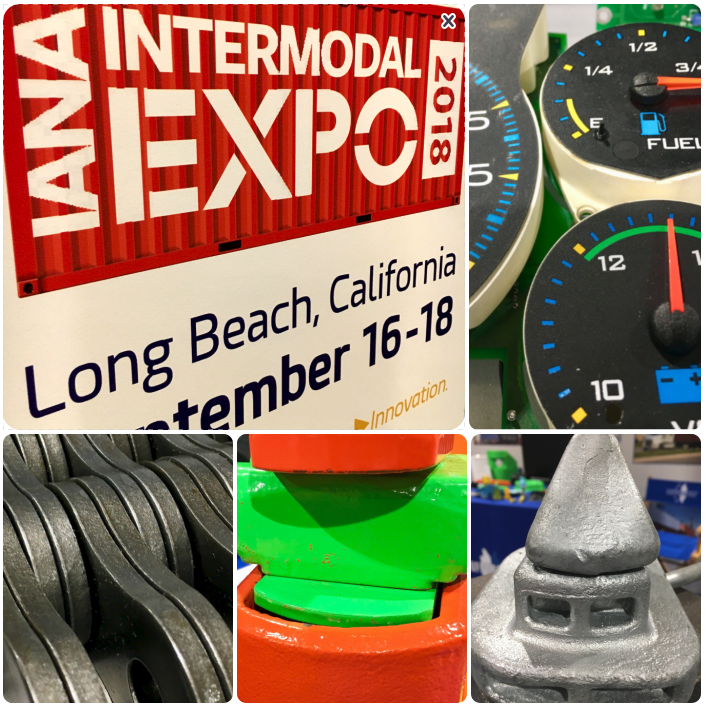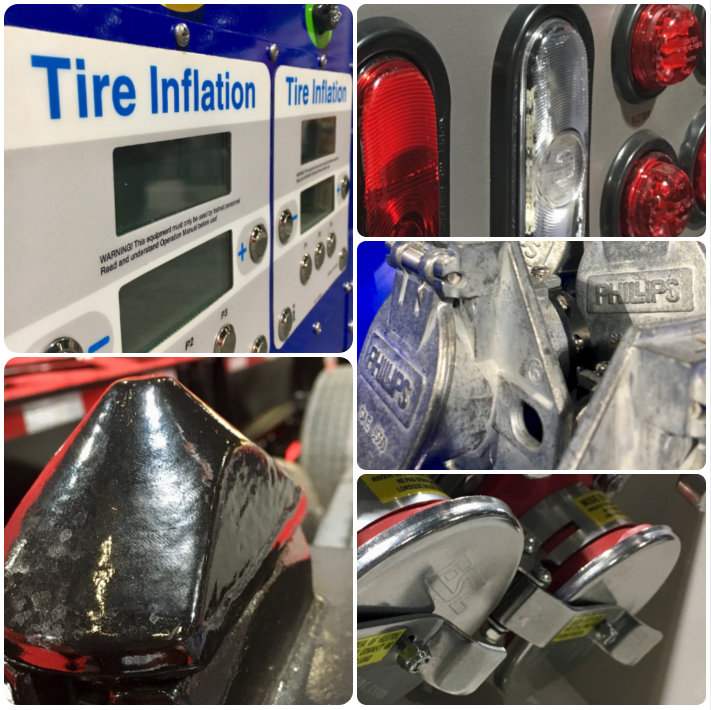Hardware and software are interconnected. Without software, the hardware of your computer would have no function. Without hardware to perform tasks directed by software, your smartphone’s camera would be useless.
Heck, without a monitor, you wouldn’t be reading this article. Sure, software could be programmed to read it for you, but you’d still need a motherboard and audio circuitry to process the sound and god only knows what voice you and the text to speech developers would give me. (If ever presented the opportunity, for sport, let’s go with something akin to Sean Connery.)
The software solutions we provide marine and rail terminal operators around the world have a similar corollary. Without the vessels, trains, trucks, chassis, and cranes, you’d just have our terminal operations software. No bananas, no iPhones, no Ikea furniture, no nothin’. Hardware; big, solid, tough, waterfront and rail depot hardware supports our business success as much as any operating system or development platform.
Our suite of terminal operations software consists of instructions that tells marine and intermodal hardware, and often their operators, how to perform a task. Our software performs many functions. However, the marine and rail terminal operations hardware typically only performs mechanical tasks they’re designed to execute as a part of their specific function in daily yard and vessel operations.
There aren’t too many roles within software development which require a safety vest and hard hat. I love that our development niche does. Yes, there is plenty of BIG terminal operations hardware I’ve mentioned like dock side cranes and thousands upon thousands of 20’ and 40’ steel boxes. There’s also the hearty components making up each piece of operations machinery or intermodal apparatus that are even more granular in their physical properties than meets the casual observer’s untrained eye.

And so, I wanted a closer look. I took one earlier this week while attending the annual Intermodal Association of North American (IANA) EXPO held each year in Long Beach, CA. IANA brings together members of the intermodal freight community with the objective of keeping its members informed and aligned for industry success. IANA knows we’re all connected to the mutual achievements of rail and marine terminal operations. Our software drives data driven decisions and well executed, efficient operational tasks. IANA and its members drive the actionable purpose of our software. The intermodal hardware vendors, also a critical part of this global logistics chain, lay the very foundations for our software’s effectiveness.
If the gears aren’t greased the wheels won’t move. If the twist locks are worn from use, containers won’t latch and their roadability is compromised. Want an example of the mission critical role this hardware plays in your daily life? Just look outside your driver’s side window next time a 40’ container laden with 2,000lbs of cargo passes you three feet to your left. Trust me, you want that load secured to the highest quality truck and chassis hardware.

I’ll close this post in thanks on behalf of all the software professionals in our business sector. In tribute to these often-unsung physical heroes of the supply chain, here are a few portraits of just some of the rugged hardware that makes the entire global economy flow.
